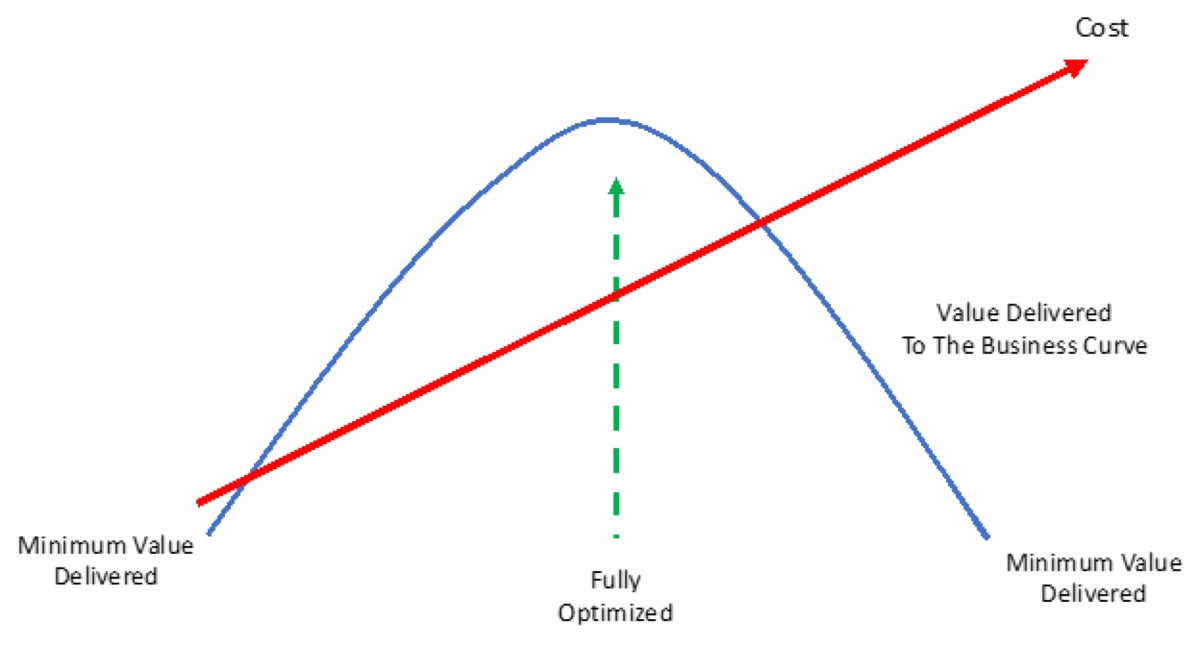Value refers to the worth or usefulness that something holds for individuals or organizations. It is subjective and can vary from person to person, or business to business, or from one context to another. Value can be seen as the benefits or advantages that something provides compared to the cost or effort required to obtain it.
Value is not solely determined by an item or service’s physical or intrinsic characteristics but also by the perception and preferences of the individuals or entities who possess or desire it. It is often influenced by personal needs, desires, emotions, cultural influences, social norms, and market conditions.
We all have our perceptions of value that never align with others. This is why some people purchase $500K automobiles and most don’t. Even at the higher cost, there is a perception of value. This dynamic comes into play in business, considering that we all need to form common opinions around value, even though each party has its own perception. This is most applicable when it comes to picking cloud computing services, and it is increasingly important to consider as this technology continuously becomes more mature and expensive.
Understanding value and cloud computing
For businesses, creating value is at the core of their operations. The objective is to offer products or services that meet the needs and desires of their customers while receiving a benefit that exceeds the cost or price paid. Many call this the value proposition, and it is crucial to attracting and retaining customers, such as cloud technology users.
In cloud computing, a value curve can analyze and compare the value propositions of different cloud service providers. This helps evaluate each provider’s perceived value across various attributes, such as performance, scalability, reliability, security, cost, ease of use, and support. Each customer’s perception of value depends on their requirements. For example, a bank may put a premium on cloud security, whereas a tire manufacturer may not.
To best consider the value and cloud computing concept, let’s look at how it’s depicted in this figure. Note that we’re modeling this curve around increasing costs, moving from left to right. We’re also modeling value delivered to the business, which is both perception and evidence (real data).
 IDG
IDGThe value curve can help companies decide where the costs of cloud services intersect with the business value they provide.
Note that the “value” is the perception of value; as calculated based on evidence, it is much more reliable than human perceptions. For example, a cloud provider can support increasing performance for additional costs, which can be measured. But the value to the business for that increasing performance may diminish as the costs rise. We may find that an update to a customer database taking .003 seconds versus .001 seconds does not provide as much value back to the business. The difference of .002 seconds won’t be distinguishable or of much actual value for this particular company.
However, if update performance slows to .010 of a second but at a lower price, it may delay downstream data updates needed by other systems, thus affecting productivity and revenue. It would be ranked as having less value, even though the cost is lower.
By plotting these attributes on a value curve, businesses can gain insights into how each provider stacks up and make informed decisions about which cloud services align best with their requirements. For example, a value curve could show that Provider A offers superior performance and scalability but is more costly than Provider B. However, Provider B may excel in security and cost-effectiveness. Which has more relevance to the business in terms of true value?
In too many enterprises, I’m finding that most of these decisions are not based on understanding the actual value being returned to the business but on emotions or even internal politics. Thus, the company makes underoptimized decisions that affect the value that the business will see from the use of a specific cloud service. These often go unnoticed if the value is not tracked as part of a cloud finops program.
My desire is to get you thinking about value metrics when selecting a single cloud service or configuring a complete cloud architecture. I can’t define what value should mean for you, since it’s a moving target for most enterprises. However, I can tell you it’s vital to understand what this means and how it should change some of your internal processes for selecting the right solution. At the end of the day, this will determine winners and losers.
Copyright © 2023 IDG Communications, Inc.












